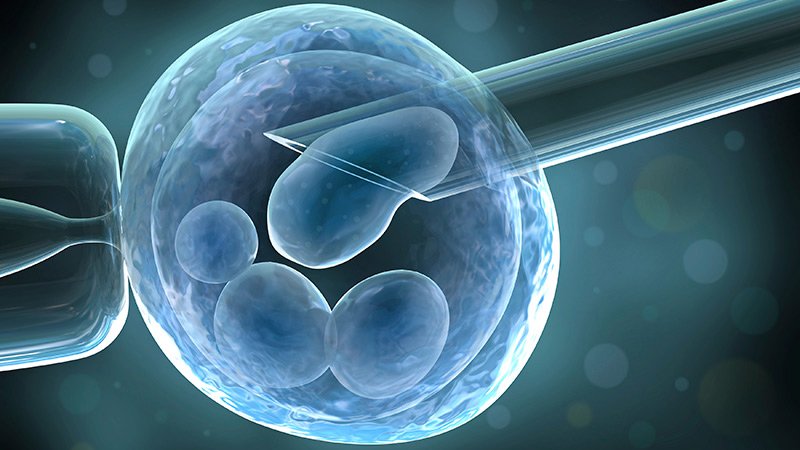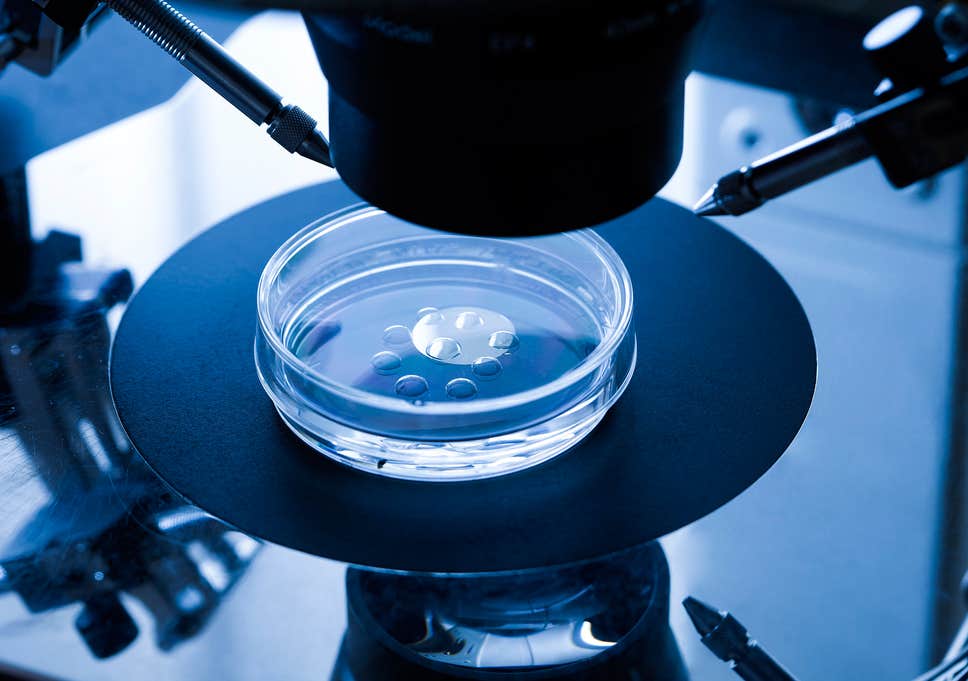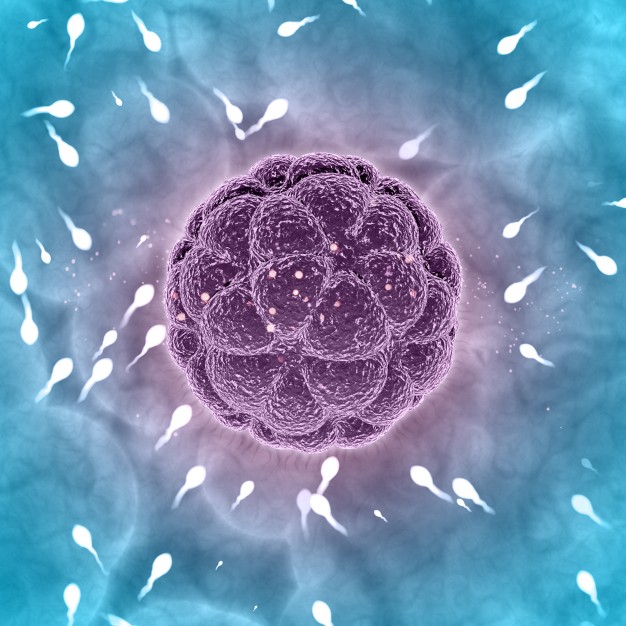Gynaecological Endoscopy (Laparoscopy & Hysteroscopy)
April 23, 2020 2020-08-13 11:48Gynaecological Endoscopy (Laparoscopy & Hysteroscopy)
Gynaecological Endoscopy
(Laparoscopy & Hysteroscopy)
Gynaecological Endoscopy (Laparoscopy & Hysteroscopy)
Gynaecological endoscopy is a “minimally invasive” procedure that allows doctors to take a look inside the female body to diagnose (and treat) medical conditions such as infertility, endometrial polyps etc. Gynaecological endoscopy also enables women to remove fibroids without open surgery (open myomectomy) – via 2cm incision in laparoscopic myomectomy and no incision in hysteroscopic myomectomy.
Benefits of Gynaecological Endoscopy
- Fast Recovery: The recovery from endoscopic gynaecological surgery is faster compared to conventional surgery. Patients stay in the medical centre for only a short period of time thereby allowing them to return to daily living as soon as possible.
- Less Risk of Infections & Complications: Post-operative infections and complications are fewer and less likely in endoscopic procedures.
For more information about our gynaecological endoscopy service
- Speak to the booking team on
01 - 4667360 or
01 - 4532266 - Email us on
info@nordicalagos.org
Gynaecological Endoscopy at Nordica Fertility Centre
Nordica Endoscopy Scheme gives you the opportunity to undergo endoscopy at the leading fertility and endoscopy centre in Nigeria. At Nordica Fertility Centre, we have world-class gynaecological endoscopy facilities, operated by highly specialized medical and nursing personnel. The medical team is headed by Dr Abayomi Ajayi, a member of the American Association for Gynaecological Laparoscopy (AAGL) and International Society for Gynecological Endoscopy, (ISGE). Our gynaecological endoscopy services include:
- Laparoscopy
- Hysteroscopy
Laparoscopy
Laparoscopy is performed with a thin tube called a laparoscope. This tube is inserted through a tiny incision just below the navel.
- To diagnose tubal factor infertility especially when used with a dye test.
- To remove adhesion bands around the tubes and/or ovaries.
- To remove or burn-off endometriotic deposits
- To treat anovulation due to a polycystic Ovarian Syndrome (PCOS) by drilling holes in the ovaries.
- To remove fibroids.
Hysteroscopy
This procedure involves the inspection of the uterus in order to diagnose a problem. Hysteroscopy is performed using a hysteroscope (a thin, lighted tube) which is inserted into the vagina to examine the cervix and inside of the uterus. Hysteroscopy is mainly used to diagnose and remove uterine fibroids. It is also used for the following:
- To diagnose and treat Asherman’s Syndrome i.e. adhesion bands inside the uterine cavity where embryos implant and babies grow.
- To diagnose and treat submucous fibroid or endometrial polyps found in the uterine cavity.
- To dilate the cervix in cases of cervical stenosis,
- To remove embedded IUD.
- To correct septum dividing the uterine canal.
Similar Treatment
Start your family with us today.
Visit ourAppointments page, fill out the contact form and a member of the team will be in touch







